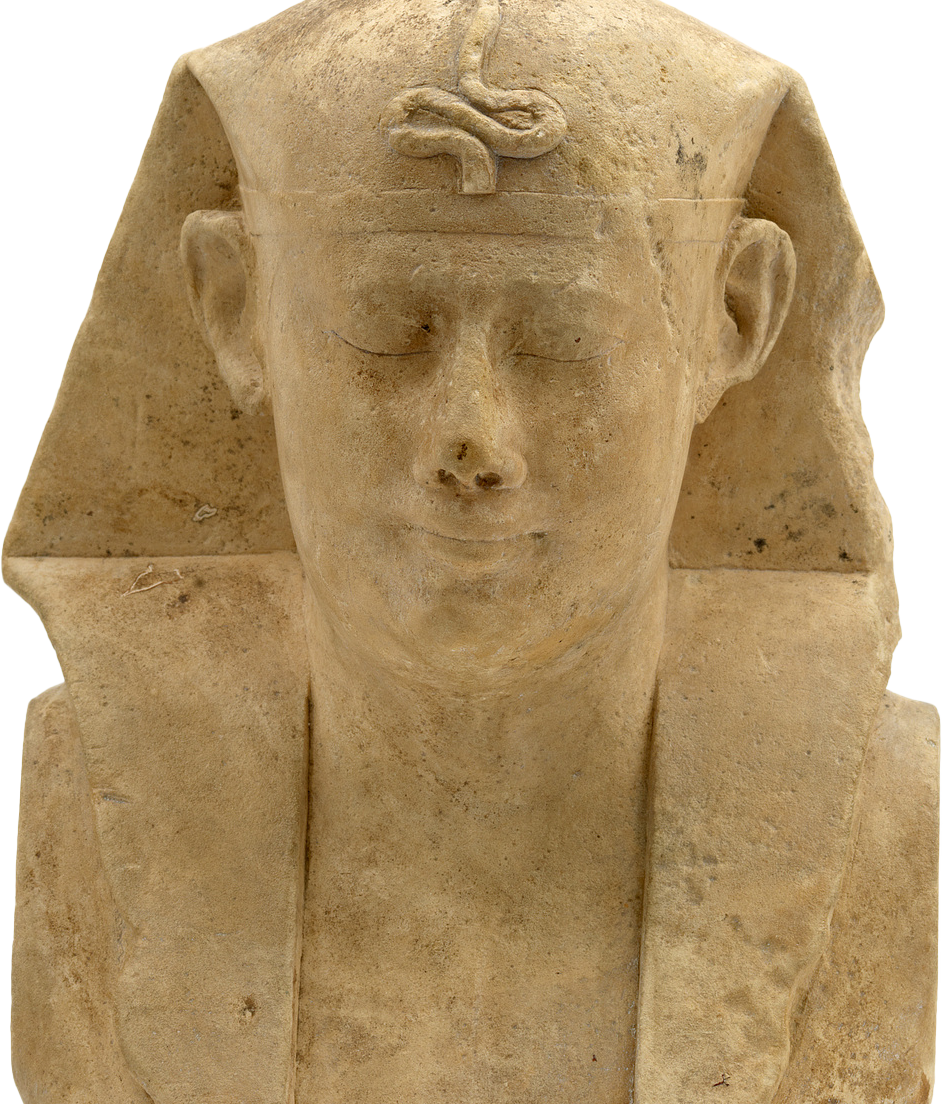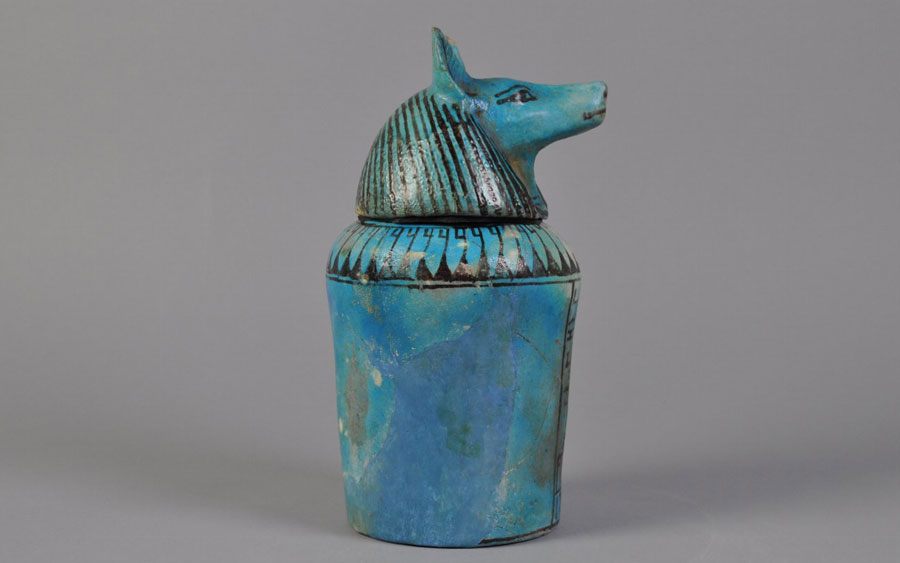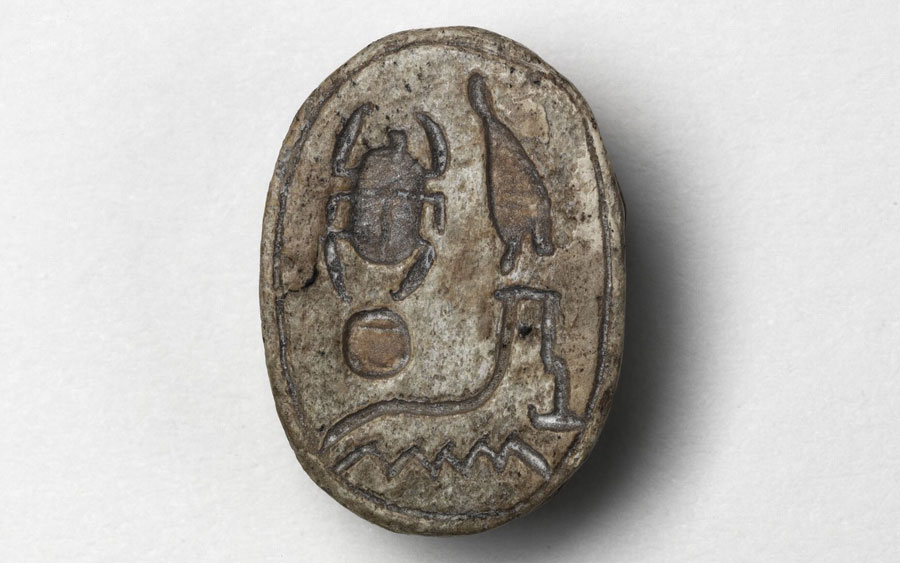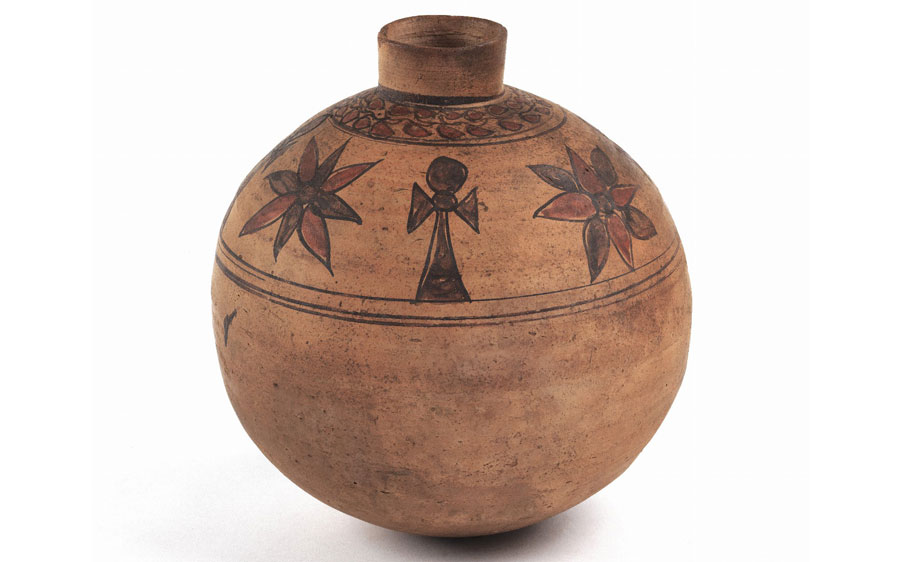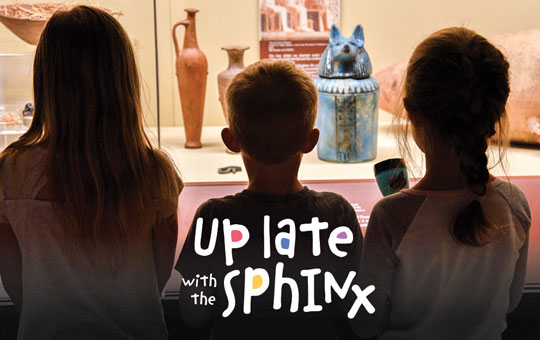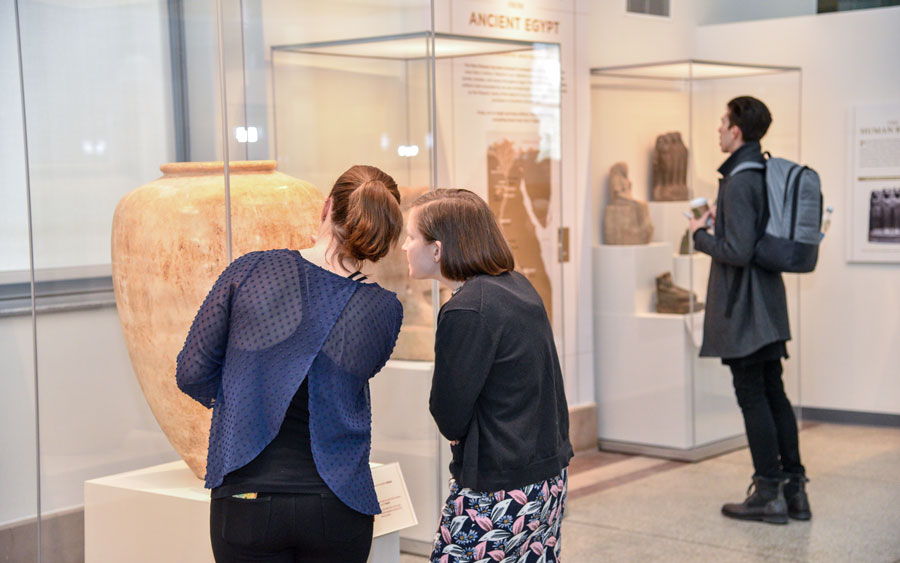Ancient Egypt & Nubia
We're preparing for a palace. Our Egypt Galleries are closed for a multi-year renovation, but you can still see more than 200 Egyptian artifacts in Ancient Egypt: From Discovery to Display and throughout the Museum.
Statue, Egypt, 305-30 BCE, E14314. On view in Ancient Egypt: From Discovery to Display
